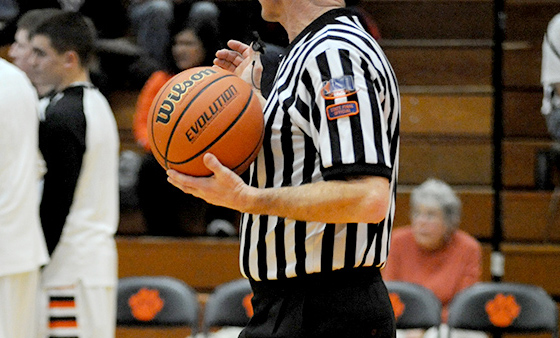Selecting the Surface for Your Strength & Conditioning Facility
Every weight room is different, with the following factors to consider:
- Space Allotment
- Desired Design
- Programming Needs
- Durability Requirements
- Performance Expectations
- Maintenance Program
- Budget
And just as not every weight room is equal, also goes not every weight room flooring product is equal. When it comes to selecting the right surface for your strength & conditioning room, there are two design components that each play a role in meeting the factors above: top surface and thickness.
Top Surface The top surface (also referred to as the skin) is what you see and feel. Whether you choose to use bright colors or a black/grayscale, the top surface provides the canvas for the design and layout of the entire room. The two primary product types for the top surface are vulcanized rubber and recycled rubber. These product types are very different, but both offer many benefits to coaches, athletes, and facility operators.
The top surface (also referred to as the skin) is what you see and feel. Whether you choose to use bright colors or a black/grayscale, the top surface provides the canvas for the design and layout of the entire room. The two primary product types for the top surface are vulcanized rubber and recycled rubber. These product types are very different, but both offer many benefits to coaches, athletes, and facility operators.
Selection of the top surface should be the first step in the design of any weight room floor and is usually decided on with one or more of these key differentiators in mind: durability, porosity, slip coefficient, color options, cost of ownership, and initial budget. As I said in the beginning, every weight room is different, and every owner will prioritize these factors differently. Once a priority list is determined, we know which direction to head for our top surface.
Thickness
When deciding the thickness of a weight room floor, the most common products range from 3/8” thick to 1 ¼” thick. The key function of a rubber floor in a weight room is to help prevent the concrete and the weights from breaking each other. Different rubber flooring manufacturers and flooring vendors will give different suggestions and opinions on what the “thinnest” product is recommended to prevent damage. These suggestions and opinions can be tough to decipher, which is why references and experience play such a crucial role in product selection. The theory of determining the “thinnest” weight room flooring option has become a huge topic of discussion as rooms have moved away from raised platforms and implemented inlaid platforms which now puts the rubber at the forefront of taking the brunt of the weight.
There is a fast trend of utilizing the floor as a key component in what we call a “high-performance strength room.” In a room like this, the floor is actually thought of similarly to a piece of equipment as elite athletes incorporate the floor into many exercises such as box jumps and burpees. When an elite athlete is doing high-impact movements and explosion drills, the thickness or “cushion” of the surface plays a big role in the impact that their body absorbs. In these High-Performance rooms, it is most common to see a floor thickness ranging from ¾” to 1 ¼”.
» ALSO SEE: How Wear & Tear Varies Between Turf Types
When selecting the thickness, it’s not always smart to take the approach of “the thicker the better.” While in some cases this is true, the product, system, and contractor all play a role. A thick floor can be hard if it’s one solid piece of hard rubber. It’s important with a high-performance floor that the system is in two layers with the top layer constructed for wear and durability and the bottom layer engineered for performance. Just like a thick floor can be too hard, if the bottom layer isn’t engineered properly … the system can be too soft. In addition, thicker floors are more difficult to install … which is where the contractor comes in to play. Any product is only as good as the contractor installing it.
In summary, the weight room flooring world has changed dramatically since I first started in the industry in 2001 … and that’s a good thing. Technology has allowed product options to get better. Listening to the needs and desires of strength coaches has pushed our product innovation to new levels. Sports design and construction companies have helped us discover ways that a weight room floor can play an important role in the overall mark and character of the building. And sports flooring experts have become better sports flooring experts.
At the end of the day, the sports flooring expert will determine whether you’re happy with your weight room floor or not. Find someone that you trust, that represents a reputable product line with multiple options, that will stay involved throughout the installation, that makes your priority list their priority list, and that has references that you can call (just like you would if you were looking to hire a new employee). Find that person, and you should be good as gold with a finished product that you will be proud of.





